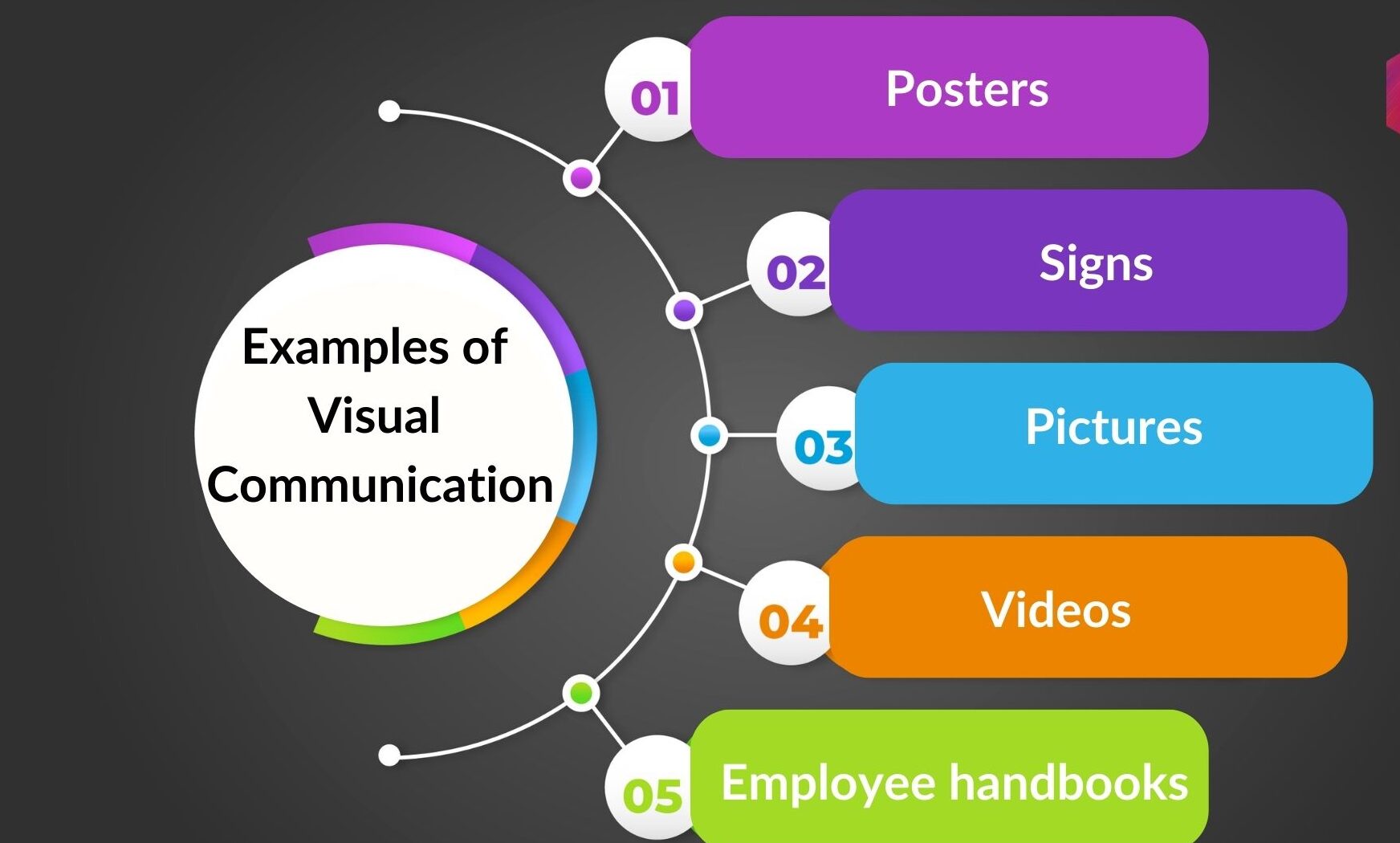Market trend global economy of today, it’s more crucial than ever to know what’s going on in the market. Market trend show how a market or sector has moved in a certain direction over time. They show how consumer preferences, technology, and the economy change over time. These patterns are crucial for firms, investors, and politicians that want to make smart choices and stay competitive in a world that is always changing.
Market Trends Drive Adaptation
Market trend are very useful signs that assist businesses in predicting changes and getting ready for them. Changes in consumer behaviour, new technologies, geopolitics, and regulations all play a role in their emergence. For instance, the extensive use of artificial intelligence technology by big companies like IBM, Microsoft, and OpenAI has impacted trends in many fields, such as healthcare, banking, and retail, speeding up the process of digital transformation and automation.
Companies that can spot these changes early on can adapt their product development, marketing strategies, and operational frameworks to the changing market. Trend analysis is also used by investors to figure out dangers and find chances. By monitoring economic indicators and changes in specific sectors, they can effectively manage their portfolio allocations and optimise their investments.
Types and Examples of Trend
There are three main types of market trend: short-term, intermediate, and long-term. Short-term trends show how the market reacts right away and are often unstable. Larger economic cycles and changes in consumer behaviour influence intermediate trends, which persist for a few months to a few years. Changes in technology or the population generally cause long-term trends, which can last for years or even decades. The rise of e-commerce is a noteworthy long-term trend. Companies like Amazon in the US and Alibaba in China have led the way in e-commerce, which has changed the way people purchase and made established retailers reconsider how they do business.
 The COVID-19 epidemic sped up this tendency even further, causing millions of people to switch to online commerce and digital payment systems. The world is also moving towards sustainability and green technology, which is another big trend. More and more, governments, businesses, and consumers care about the environment. This shift is forcing sectors to use renewable energy, electric cars, and supply chains that are good for the environment. Tesla’s breakthrough in electric cars and the rapid rise of solar and wind power installations demonstrate how innovation is fuelling this trend.
The COVID-19 epidemic sped up this tendency even further, causing millions of people to switch to online commerce and digital payment systems. The world is also moving towards sustainability and green technology, which is another big trend. More and more, governments, businesses, and consumers care about the environment. This shift is forcing sectors to use renewable energy, electric cars, and supply chains that are good for the environment. Tesla’s breakthrough in electric cars and the rapid rise of solar and wind power installations demonstrate how innovation is fuelling this trend.
Key Drivers of Trends
There are many different factors that affect market movements, but they are all connected. Technological innovation is still a major force, with improvements in 5G, blockchain, the Internet of Things (IoT), and big data analytics changing how organisations work and deal with customers. Blockchain is changing not only cryptocurrencies but also making supply chains and smart contracts safer and more open. This transformation has effects on industries including finance, logistics, and healthcare. Another important factor is how consumers act.
Millennials and Generation Z, two groups of younger people, have different tastes when it comes to digital convenience, experiential products, and eco-friendly brands. Their power is behind trends like plant-based diets, social commerce, and customised experiences. Geopolitical factors also significantly influence market patterns. Trade conflicts, legislative changes, and international agreements may lead to changes in supply chains and market access. Brexit and the continued tensions between the US and China have forced businesses to reassess their market strategy and find new sources of goods.
Data and Analytics Revolution
The digital age has brought in more data than ever before, which businesses use to find and study patterns in the market. Artificial intelligence and machine learning enable advanced analytics platforms that look through huge amounts of data from social media, consumer transactions, news sources, and economic indicators to find new patterns. Businesses can respond fast to changes in the market, come up with new ideas, and keep their competitive edges thanks to real-time data.
Tools like Google Trends show how people’s interests change over time, while tools like SEMrush help marketers improve their content strategies based on popular keywords and search habits. Financial markets benefit from sentiment research and other data sources, such as satellite images or credit card transaction data, which give a more detailed picture of what’s going on than traditional economic indicators.
Looking at some industries shows how changes in the market encourage new ideas and ways of doing things. The growth of cloud computing, led by Amazon Web Services (AWS) and Microsoft Azure, has made scaled computing power available to everyone, speeding up progress in big data and artificial intelligence. Telemedicine and personalised medicine are making a huge difference in healthcare. The COVID-19 epidemic sped up the use of telehealth, and businesses like Teladoc Health and Babylon Health made virtual care common.
 Genomics and data analytics have advanced significantly, enabling personalised treatments that enhance patient outcomes and reduced reduce costs. The shift towards electric vehicles (EVs) is transforming the manufacturing of cars and the delivery of energy. Tesla’s groundbreaking work in battery technology and electric vehicle design has forced older car companies like General Motors and Volkswagen to speed up their ambitions to go electric. This change also affects the markets for raw materials, making lithium, cobalt, and nickel in high demand.
Genomics and data analytics have advanced significantly, enabling personalised treatments that enhance patient outcomes and reduced reduce costs. The shift towards electric vehicles (EVs) is transforming the manufacturing of cars and the delivery of energy. Tesla’s groundbreaking work in battery technology and electric vehicle design has forced older car companies like General Motors and Volkswagen to speed up their ambitions to go electric. This change also affects the markets for raw materials, making lithium, cobalt, and nickel in high demand.
Forecasting Future Market Trends
To predict market trend, you need to use both data-driven models and expert judgement. Algorithms can look at past and present data to guess what might happen in the future, but people need to understand geopolitical dangers, new technology, and changing consumer attitudes. Several tendencies seem likely to take over in the future. Automation and AI will continue to change the way businesses work and the jobs they offer.
Sustainability will remain a top priority as concerns about climate change intensify. As cities grow in developing countries like India and Southeast Asia, new areas of growth will open up, changing how people throughout the world buy things. Digital currencies and decentralised finance (DeFi) are transforming the storage, movement, and investment of money, potentially posing a challenge to established financial systems.
Final thoughts
To make content that is relevant to market trends, you need to be careful with SEO. Using keyword clusters around “economic indicators,” “consumer trends,” “technology adoption,” and “investment insights” makes sure that the content is relevant to a wide range of topics. Adding LSI keywords like “market volatility,” “digital transformation,” “supply chain disruption,” and “global trade dynamics” makes content deeper. Putting clear headings (H1, H2, H3) on articles makes them easier to read and helps search engines find them.
Citing well-known industry figures like Elon Musk in EVs, Christine Lagarde at the IMF, or Satya Nadella of Microsoft gives your writing more weight. Linking to other pages on your site that have to do with technology innovation, economic forecasts, or sustainability keeps users interested. Linking to trusted sites like the World Economic Forum or Harvard Business Review makes your site more credible. Structured data markup, like the Article schema and FAQPage for common queries, makes it more likely that search engines will show rich results, which increases visibility and click-through rates.

